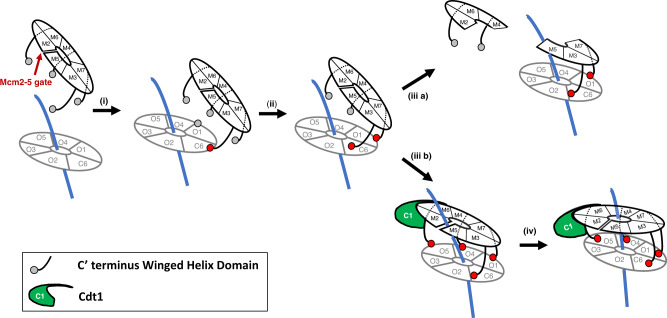Fig. 7. Model proposed for MCM-Cdt1 recruitment by the OC complex.
(i) ORC-Cdc6 bound to duplex DNA is represented as a grey ring (OC complex). Orc subunits are labelled with an O+ subunit number and Cdc6 as C6. Orc6 is omitted because it does not participate in the ring conformation. Double-strand DNA is shown in blue. The MCM complex is illustrated as a black ring. Individual subunits are labelled with an M+ subunit number. Neighbouring subunits Mcm2 and 5 are not in contact, illustrating the Mcm2-5 gate (red arrow). In addition, C-WHDs of Mcm3, 7, 4 and 6 are shown as grey circles if they do not contact the OC or in red, if they do contact. Note that Mcm2 does not contain a WHD in S. cerevisiae and Mcm5 C-WHD is omitted for clarification purposes, since we have shown that, if deleted in the MCM-Cdt1 complex, it recruits as effectively as the wt (Fig. 1d). (ii) The first contact between the OC and the MCM-Cdt1 complexes is mediated by the Mcm3 C-WHD (red circle). (ii) The first contact is followed by the Mcm7 C-WHD, establishing directionality to the whole interaction. (iii a) If an extended Cdt1 C-WHD (in green, labelled C1) is not present, or has mutations affecting the interaction with Mcm6 C-WHD (Cdt1 1-1), or Mcm6 C-WHD contains mutations affecting either Cdt1 C-WHD (Mcm6 1-1) or Orc5 AAA-lid (Mcm6 2-5 and 2-6), the insertion of dsDNA through the Mcm2-5 gate destabilizes half MCM hexamer and only the trimer Mcm5/3/7 can be recruited by the OC complex. However, if an extended C-WHD of Cdt1 is present, the full hexamer can be stabilized upon duplex DNA entry (iii b). Finally, both rings can be stacked onto one another with dsDNA running through them, as seen in the OCCM structure, with the collaboration of the C-WHDs of Mcm4 and 6 (iv).

